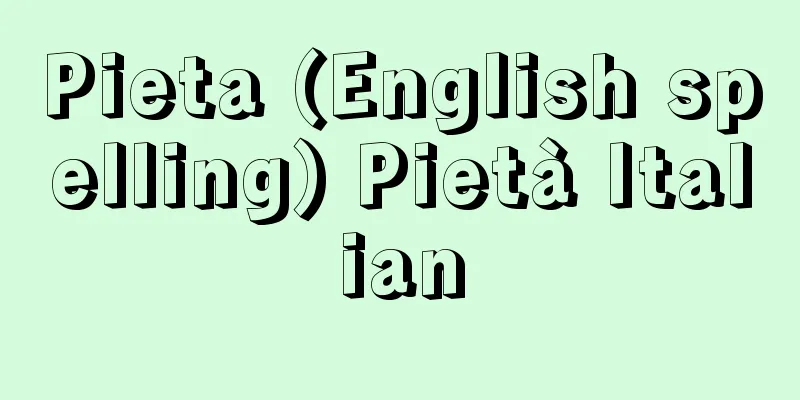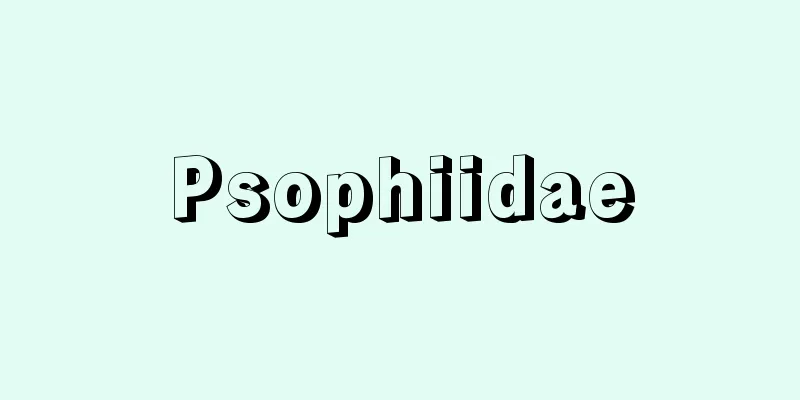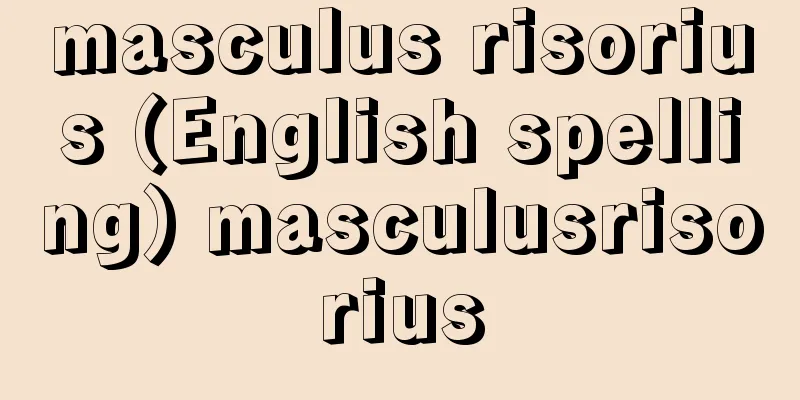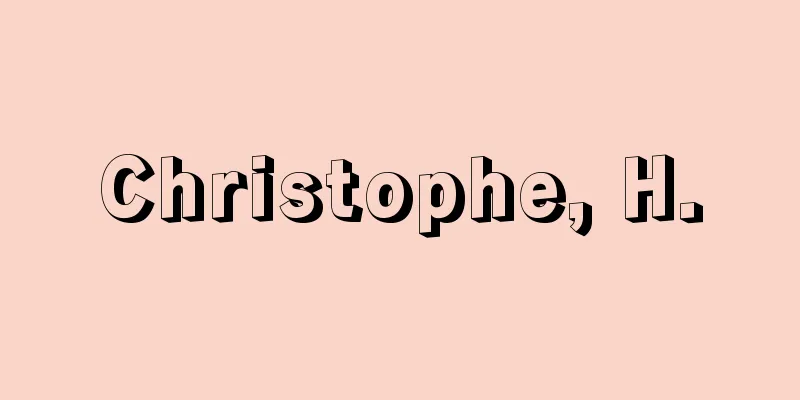Pieta (English spelling) Pietà Italian

|
In Christian art, this is a devotional image of the Virgin Mary in grief, holding the body of Christ on her lap. It is distinguished from the narrative image called "Lamentation," which is based on this "Pietà" and is composed of many figures. The word "Pietà" is Italian for "pious sympathy," and its origin is the Latin pietas (piety). However, this image itself was not originally created in Italy, but was established as a form of devotional image in monasteries in the Rhine region around 1300. It was used as an object of devotional worship on "Good Friday," which commemorates the death of Christ, and in Germany this type of devotional image was called Vesperbild (vespers image). In the case of the German sculpture "Pieta" dating back to the 14th century, the Virgin Mary's sorrowful expression and the depiction of Christ's naked body covered with scars were often very realistic. This theme emphasizing human pathos was widely circulated in the world in conjunction with the development of passionate religious feelings caused by the Great Plague that struck all of Europe at the end of the 14th century and the disasters of the Hundred Years' War, and it spread to France and Italy in the 15th and 16th centuries, and many masterpieces were produced. For example, the Louvre's "Pieta in Avignon" is a masterpiece of French Gothic painting, and the Italian Renaissance master Michelangelo's "Pieta" trilogy (St. Peter's Basilica in the Vatican, Florence Cathedral, and Castello Sforzesco in Milan) are famous as admirable and sublime works. However, in Michelangelo's later work, known as the Rondanini Pietà, the Virgin Mary stands upright and supports the body of the dead Christ from behind, moving away from orthodox iconography and introducing a new interpretation. [Yukitsugu Otsuki] Source: Shogakukan Encyclopedia Nipponica About Encyclopedia Nipponica Information | Legend |
|
キリスト教美術において、キリストの遺体を膝(ひざ)の上に抱き悲嘆に暮れている聖母マリアの姿を表した礼拝図像のこと。この「ピエタ」をもとにした、多くの人物で構成された「哀悼」とよばれる物語図像と区別される。「ピエタ」ということばは「敬虔(けいけん)な同情」という意味のイタリア語で、語源はラテン語のピエタスpietas(敬虔)である。しかし、この図像そのものは、元来イタリアで形づくられたものではなく、1300年ごろライン地方の諸修道院で礼拝像の一形式として成立したものである。それは、キリストの死去を記念する「聖金曜日」の礼拝の対象として使用され、ドイツではこの種の礼拝像をベスパービルトVesperbild(晩課祈祷(きとう)像)と称した。 14世紀にさかのぼるドイツ彫刻の「ピエタ」の場合、聖母マリアの悲痛に満ちた表情やキリストの傷痕(しょうこん)に覆われた裸身の描写など、しばしば非常に写実的に取り扱われた。この人間的悲哀を強調する主題は、14世紀末に全ヨーロッパを襲った大疫病や百年戦争の災厄が引き起こした熱烈な宗教感情の展開と結び付いて広く世に流布し、15世紀から16世紀にかけてフランスやイタリアまで普及し、数多くの名品が制作された。たとえば、ルーブル美術館の『アビニョンのピエタ』はフランス・ゴシック絵画の傑作であり、イタリア・ルネサンスの巨匠ミケランジェロの「ピエタ」三部作(バチカンのサン・ピエトロ大聖堂、フィレンツェ大聖堂、ミラノのカステロ・スフォルツェスコ)は賛嘆すべき崇高な作品として名高い。しかし、三部作のうち『ロンダニーニのピエタ』とよばれるミケランジェロ晩年の作品では、聖母マリアは直立し、死せるキリストの遺体を背後から支えており、正統的な図像から離れ、新しい解釈が持ち込まれている。 [大築勇喜嗣] 出典 小学館 日本大百科全書(ニッポニカ)日本大百科全書(ニッポニカ)について 情報 | 凡例 |
<<: Hieda no Are - Hieda no Are
Recommend
Moritaro Yamada
Marxist economist. Born in Aichi Prefecture on Ja...
Kim Jong Il
The second supreme leader of North Korea (Democra...
Ota Mine - Oppukozan
The mine was located in Nishimeya Village, Nakats...
Body trunk
…formerly called the trunk. The body of a vertebr...
Hermit crab sea anemone (Shukukariiso Kinchaku) - Hermit crab sea anemone (English name) Calliactis japonica
A coelenterate (cnidaria) of the family Anemonidae...
Joint Forces - Tougougun
A unit made up of multiple military services, incl...
Pär Lagerkvist (English spelling)
Swedish author. After graduating from Uppsala Uni...
Emation (English spelling)
…She was loved by Eos and spent a time of pleasur...
Oyama Highway - Oyama Kaido
There are various routes for pilgrimage to Oyama A...
Bandura, A.
...In other words, frustration and provocation cr...
Ikeda [city] - Ikeda
A city in the northern part of Osaka Prefecture. I...
Executive - 100%
〘noun〙① A heavy duty. An important position. Also,...
Ministry of Civil Affairs note
Small denomination banknotes issued by the Meiji g...
fart
… [Takehiko Higashi] [Cultural History] In the Wa...
World Geography Book - Sekaiichirisho
This refers to books on world geography from the E...









